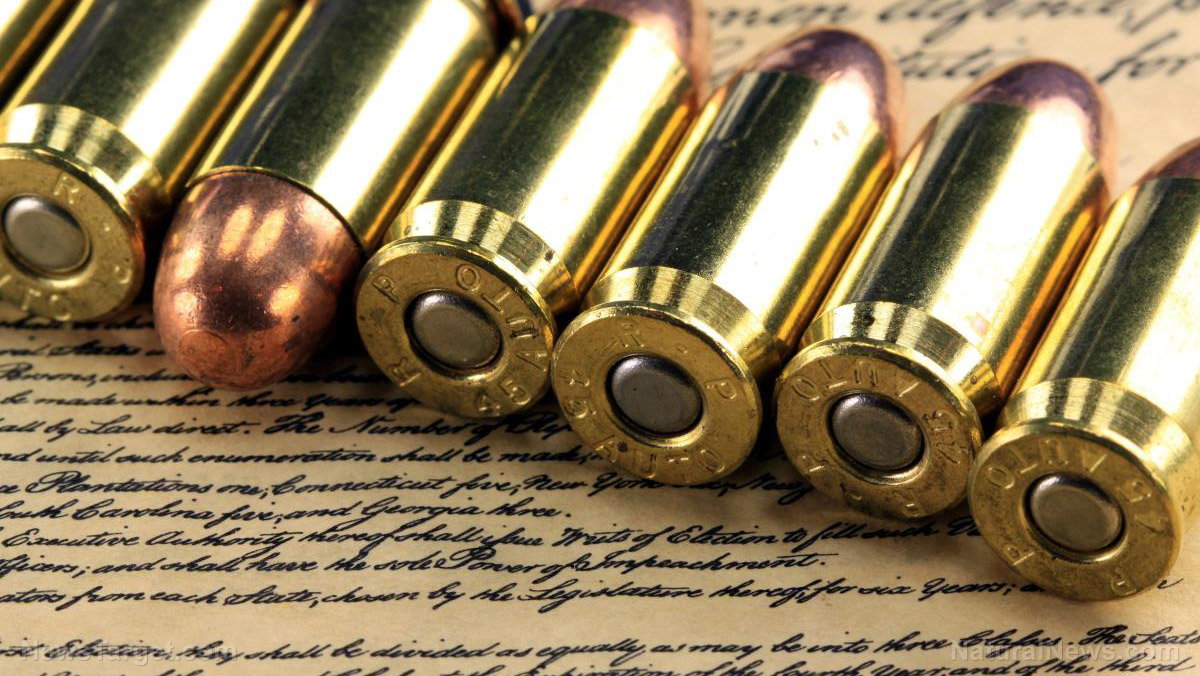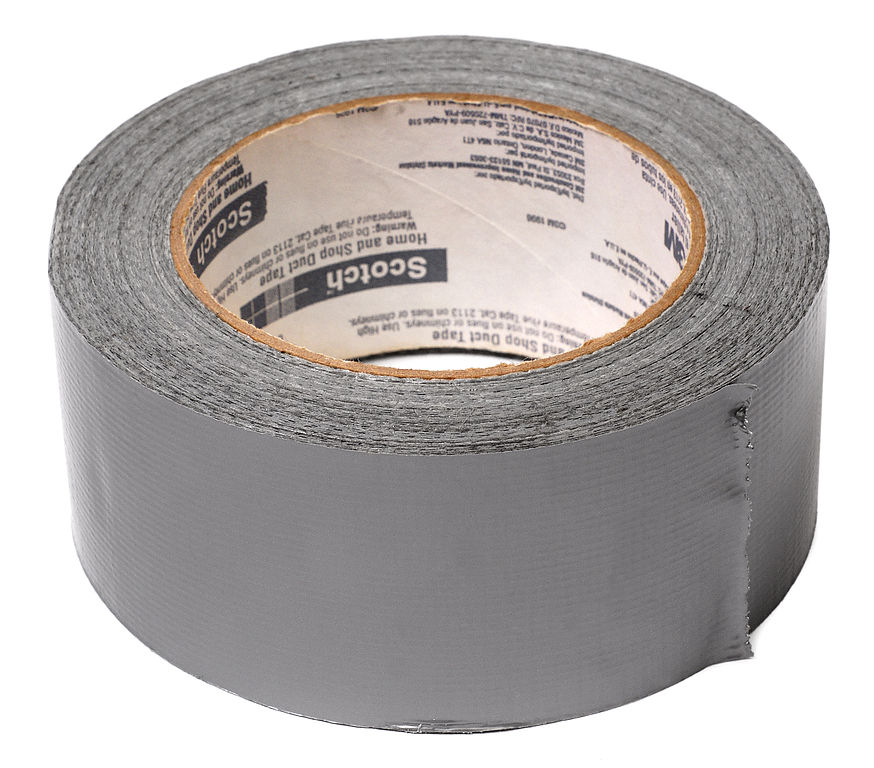Survival weapons: A closer look at the different types of bows
02/10/2018 / By Zoey Sky

Bows (and arrows) are some of the most versatile tools and weapons around. For years they’ve been used for hunting and sports. From wood and hemp, modern bows are now made of carbon fiber and fiberglass. (h/t to DoomsdayMoose.com)
Check out some of these modern bows, with their improved shooting mechanisms and various other benefits.
- Compound bows – A modern form of a longbow, a compound bow is versatile and easy to use, and are adjustable and more compact. Many users prefer this because it’s extremely powerful and more durable than other types of bows. This bow uses a pulley system to draw back the arms, which become stiff when drawn. A compound bow is made of aluminum alloy which doesn’t warp due to temperature changes, humidity, and moisture. When releasing arrows, a compound bow has minimized vibrations thanks to its developed stabilizers. This bow is preferred over the other types since its draw weight is less than half of its original weight. Compound bows are often used in 3D archery, bow hunting, and target archery.
- Crossbows – Today’s crossbows look more like firearms with a short bow attached horizontally to the muzzle. An archer fires using the string, which is attached to the trigger mechanism and locked in place. Crossbows are a modified bow and arrow, and they have the best bow sights. The shooting range of a crossbow is longer than the other types. Crossbows are often used in 3D archery, target archery, field archery, and bow hunting.
- Recurve bows – The only bows allowed in the Olympics, recurve bows were historically used by men on horseback. The recurve bow is low maintenance and is known for its standard draw weight and versatility. The lower and upper tips of this bow curve away from the archer and it stores more elastic energy. Less power is needed to use the bow, which offers a tactical advantage to the archer. Beginners often train using recurve bows with a bare bow recurve made of a string, bow limbs, a riser, and an arrow rest. Some archers also use recurve bows for 3D archery and field archery. Higher poundage recurve bows can also be used for bow hunting.
- Takedown bows – This kind of bow can be demounted for transportation. It usually has three parts: Two limbs and a riser.
- Traditional bows – Also called a longbow or self-bow, traditional bows are the oldest type of bow. A traditional bow is made from a long piece of wood that is either straight or curved with a bowstring fixed on each end. Unlike the other types, traditional bows are much easier to make since it is made from locally available materials. Traditional bows are also are easy to maintain, carry, and use. Take note that you must have a clear environment before you fire a target using a traditional bow. This kind of bow has higher draw weights when used for bow hunting. (Related: Practice means SURVIVAL: Why you can’t be a good prepper by sitting on the couch.)
These bow types can be used for hunting, shooting targets, shooting on a course, and competitive shooting. Consider the course you’ll be taking before you decide what kind of bow to use.
Bows for survival
Guns are convenient, but here are some of the pros of using a bow and arrow for survival:
- Fewer laws, red tape, and paperwork – Unlike guns, legal limitations and laws are much more lax on the bow and arrow.
- They’re affordable – A good bow only costs several hundred bucks and if you know how to maintain it, it will last a lifetime. Even arrows are more cost-effective compared to bullets. You can simply retrieve your bows and if you take the time to learn, you can even make your own arrows.
- They’re portable – If you get a takedown bow, you will have access to a portable weapon that is easy to pack in your vehicle or bug-out bag (BOB). Bows are also lighter, with some weighing only a couple of pounds.
- They’re silent – The bow and arrow make for a quiet weapon, making it “nearly completely silent” and just as effective as a gun.
Visit Gear.news to learn more about other survival tools and weapons.
Sources include:
Tagged Under: archery, bow and arrow, bows, bug out, bug out bag, Gear, homesteading, preparedness, preparing for disaster, prepper, prepping, self-defense, SHTF, survival, survival gear, survival skills, survival weapons, survivalist
RECENT NEWS & ARTICLES
COPYRIGHT © 2017 GEAR.NEWS
All content posted on this site is protected under Free Speech. Gear.news is not responsible for content written by contributing authors. The information on this site is provided for educational and entertainment purposes only. It is not intended as a substitute for professional advice of any kind. Gear.news assumes no responsibility for the use or misuse of this material. All trademarks, registered trademarks and service marks mentioned on this site are the property of their respective owners.




















